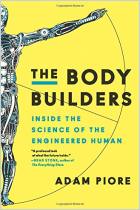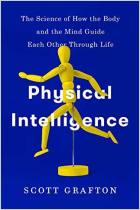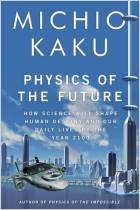
Recommendation
Moral questions surround bioengineering – the interface of science and biology. Will future interactions save people from disease and injury or spur exploitation of reengineered bodies and body parts by driven athletes and the immortality-seeking wealthy? Science journalist Adam Piore offers in-depth case studies of prominent bioengineers, their breakthroughs, real-life “superhumans” and ordinary people who are benefiting from bioengineering. Piore provides a glimpse into a not-so-distant future in which physical and mental “human augmentation” techniques will reverse brain damage, aid the paralyzed and enhance the lives of the healthy. Medical scientists work with biology-inspired robotics, stem cells, lab-grown organs, electrical brain implants, and other revolutionary technologies. Big-business interests and military research feature in Piore’s account of the race for body and mind augmentation. getAbstract recommends his consciousness-raising exploration to future-watchers, innovators, technologists and anyone who wants to know how much of the medical future is already here.
Summary
About the Author
Journalist and former Newsweek editor Adam Piore writes for Scientific American, Discover and Popular Science.
















Comment on this summary or Diskussion beginnen